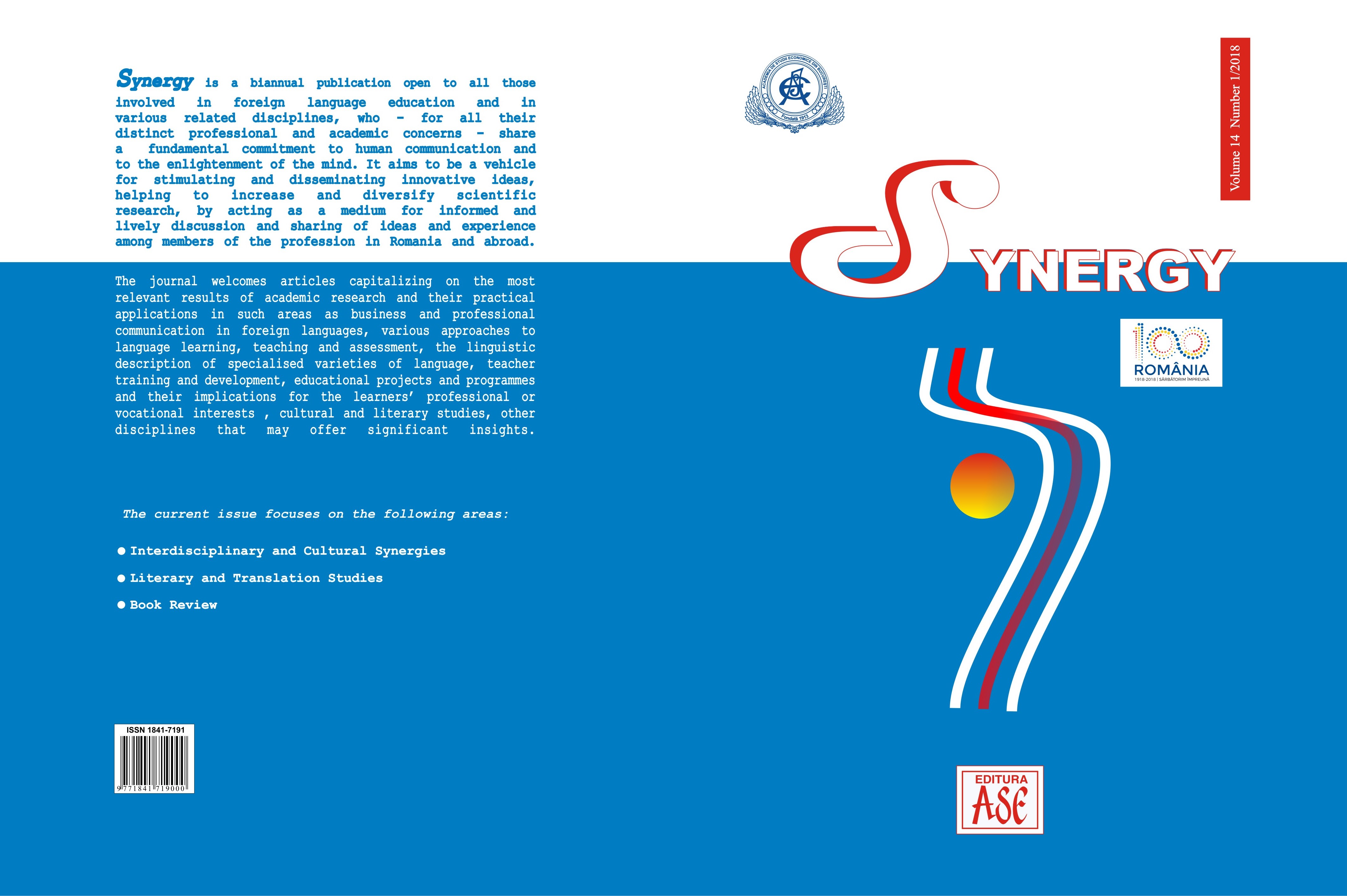TOUCHES AND TACHES: NARRATIVE EXPRESSIONS CONNECTED TO PANAIT ISTRATI’S KYRA KYRALINA
TOUCHES AND TACHES: NARRATIVE EXPRESSIONS CONNECTED TO PANAIT ISTRATI’S KYRA KYRALINA
Author(s): Dana RadlerSubject(s): Language and Literature Studies, Literary Texts, Fiction, Studies of Literature, Theory of Literature
Published by: EDITURA ASE
Keywords: Panait Istrati; Kyra Kyralina; tache; Romanian painting; narrative;
Summary/Abstract: Unpredictable journeys are a dominant feature in Istrati’s fiction, taking the main protagonist (Stavro) from unstable yet familiar settings to exciting experiences if not sorrowful ones. Characters display coarse or delicate features, in accordance with their habitat and identity. In urban or country locations, light and dark mix with visible or hardly perceivable feelings and actions, the result being a narrative focused on or diluting facets of sensuality, power and authenticity. Male and female characters portrayed by Romanian artists in the inter- and post-war decades present similar characteristics. This paper aims to explore the tache as a key plastic sign in text and painting, drawing onKeywords: Panait Istrati, Kyra Kyralina, tache, Romanian painting, narrative. 1. IntroductionFor the Romanian fiction in the early twentieth century, Panait Istrati holds a particular place, being often debated and contested: for writing first in French, and only later in Romanian, for staying aside from the literary groups of the time, and for his political views. His own life journey is far from the typical course of the local community he grew in. Born in 1884 in Brăila as the son of Joița Istrate and of a Greek smuggler who dies when he is one year old, he grows in Brăila and Baldovinești, a village in the same area, and starts working and travelling from an early age, drawn by the vision of landscapes and stories coming from the East and the Mediterranean. Istrati promptly responded invitations coming from close friends to leave for exotic destinations, contrasting his mother’s wish to build a modest yet safe existence. Extracted and reconverted from poor labourers yet gifted storytellers and his personal trips, numerous autobiographical images were either noted as deviant from typical standards, mainly in what regards the sexuality of certain protagonists, or praised for their originality and vigour (Bălan in Istrati, 2009: XVI-XX; Vrânceanu, 2011: 264-274).1 Dana Radler, Bucharest University of Economic Studies, Department of Modern Languages & Business Communication, daniela.radler@rei.ase.roSYNERGY volume 14, no. 1/2018 Øystein Sjåstad’s theory of connections between perception and reality, the result being a continuum in different artistic media.
Journal: Synergy
- Issue Year: 14/2018
- Issue No: 1
- Page Range: 80-99
- Page Count: 20
- Language: English

